Cooling Tower Water Treatment
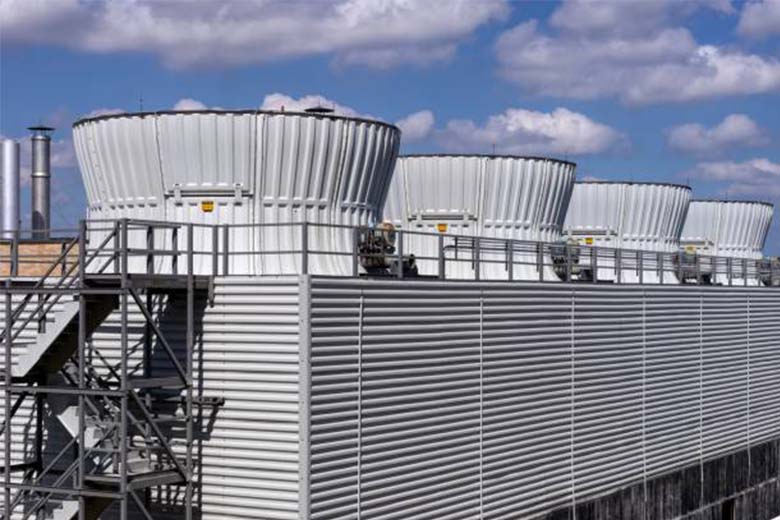
A cooling tower is a heat exchange system that cools the heat generated in an industrial process or an air conditioning system by exchanging heat and distributing it to the atmosphere through evaporation. Cooling tower water treatment is to ensure the efficient operation of the cooling tower is a key link. Cooling water often contains minerals, microorganisms and many other contaminants. Problems such as scaling, corrosion and biological contamination may occur if not properly treated.
Understanding cooling tower water treatment
Different methods of cooling tower water treatment
chemical treatment
Chemical treatment is a commonly used treatment method in cooling tower water treatment, which is mainly used to control water quality by adding specific chemicals to prevent scaling, corrosion and biological contamination. The following are the main steps of the chemical treatment method:
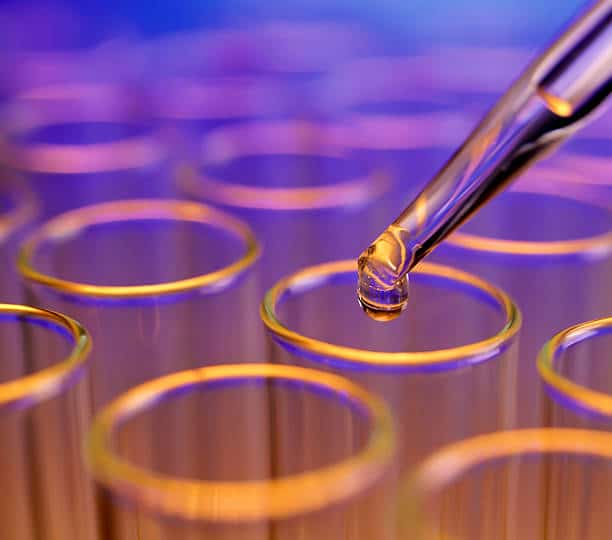
- Anti-scaling treatment: Hardness ions (such as calcium and magnesium) in the cooling water are controlled by adding anti-scaling agents to prevent them from forming scale on the equipment. Anti-scaling agents are mainly phosphate and polycarboxylate chemicals.
- Anti-corrosion treatment: by adding corrosion inhibitors to protect equipment from corrosion. Corrosion inhibitors can form a protective film on the surface of the equipment to prevent direct contact between water and metal. Commonly used corrosion inhibitors include phosphates, silicates and nitrogen compounds.
- Biological control: by adding biological agents (such as chloride, hydrogen peroxide or bromide) to control the number of microorganisms in the cooling water to prevent the formation of biofouling. Some biological agents can also combat cooling tower bacteria such as L. pneumophila that may pose a threat to human health.
- pH control: The pH of the cooling water is adjusted by adding acid or alkali to keep it in the proper range to prevent equipment corrosion caused by too much acid or alkali.
For effective chemical treatment, cooling water quality, such as hardness, pH and microbial counts, needs to be monitored regularly, and the chemical dosage adjusted according to changes in water quality. In addition, chemical treatment dosing usually requires specialized chemical injection systems, such as metering pumps and power injection mixers.
Detailed introduction of chemical agent injection system:
- Metering Pump Systems
A metering pump is a device that can accurately control the flow of a liquid. It is commonly used in water treatment to inject various chemicals. Metering pumps can be mechanical or electric. Here are some common types of metering pumps:
Diaphragm Metering Pumps: These pumps use a flexible diaphragm (or diaphragm) to create the pump action. The diaphragm reciprocates on one side of the pump, which changes the volume of the pump chamber, creating negative and positive pressures to draw in and discharge liquid. H Solenoid Dosing Pumps and HJ-Z Mechanical Dosing Pumps are typically used to convey corrosive, toxic, or highly viscous chemicals.
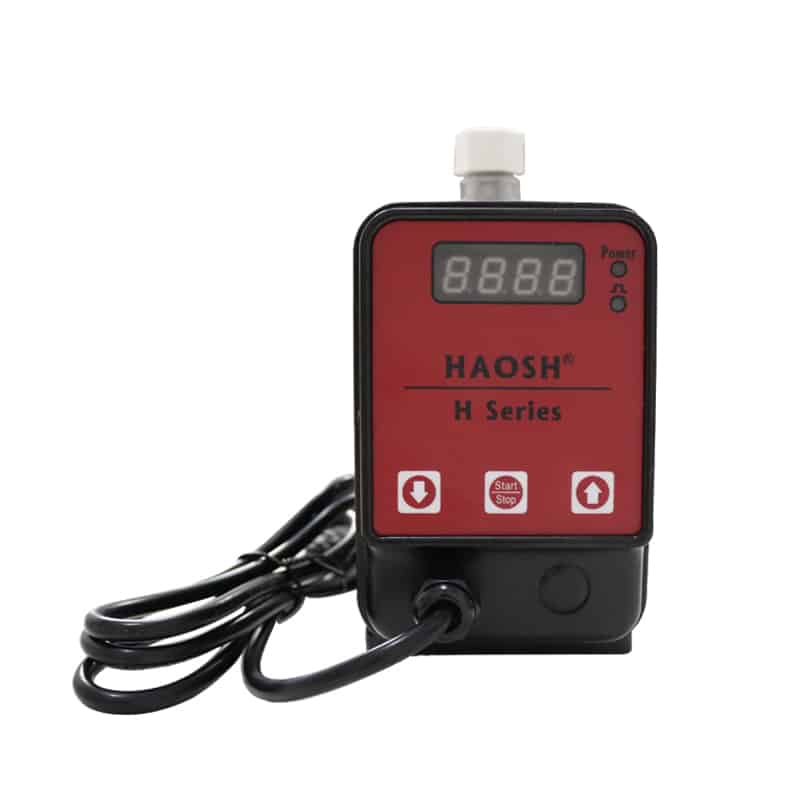
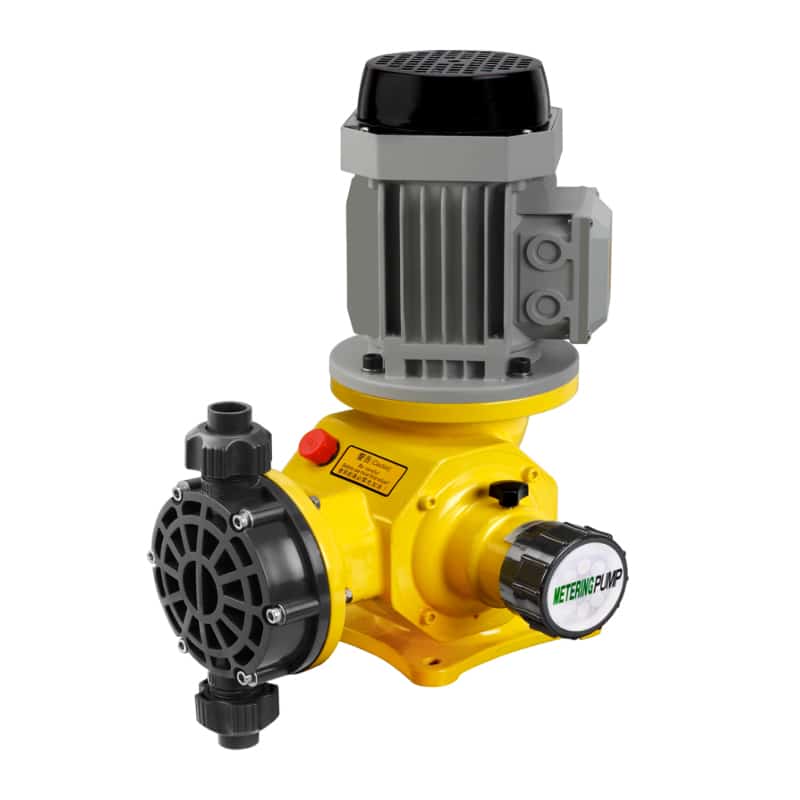
Plunger Metering Pumps: Plunger metering pumps produce pumping action by means of a plunger that moves in a straight line. The reciprocating motion of the plunger changes the volume of the pump chamber, which draws in and discharges liquid. Plunger metering pumps are typically used to transfer high pressure and high viscosity chemicals.
Screw Metering Pumps: Screw metering pumps use one or more screws to create pump action. The rotation of the screws changes the volume of the pump chamber, which draws in and discharges liquid. Screw metering pumps are typically used to transfer chemicals with high viscosity.
Peristaltic Pumps: Peristaltic pumps, also known as tubing pumps, create pumping action by compressing and releasing flexible tubing. Peristaltic pumps can convey all types of chemicals regardless of viscosity and corrosivity and can provide precise flow control.
- Power injection mixers
- Dissolving Tank System
- Automated Dosing System
Water Softening
Water softening techniques, such as ion exchange or reverse osmosis, can be used to reduce the hardness of water, which can subsequently reduce scale formation.
Filtration
Filtration systems can be used to remove suspended solids which can contribute to scale formation and microbial growth.
Regular maintenance and monitoring
Regular system maintenance and monitoring of water quality are also crucial to ensure the effectiveness of the treatment strategies and to detect any potential problems early.
How do cooling towers remove heat?
In a cooling tower, heat is removed mainly through the process of evaporative cooling. This process can be reduced to the following steps:
- Heat exchange: First, the cooling tower receives hot water from a heat source (such as an air conditioning system or industrial equipment). This hot water will be channeled into the heat exchanger of the cooling tower.
- Water Dispersion: In the heat exchanger, the hot water is dispersed into tiny droplets, greatly increasing the surface area of the water in contact with the air. At the same time, the cooling tower fan will be outside the cold air into the cooling tower.
- Evaporative cooling: when the cold air in contact with hot water, part of the water will evaporate, taking away a large amount of heat. This process is called evaporative cooling and is the main way of removing heat from the cooling tower.
- Water Collection and Circulation: Finally, the remaining cold water is collected and returned to the heat source for re-cooling. At the same time, the evaporated water is replenished to maintain the normal operation of the cooling tower.
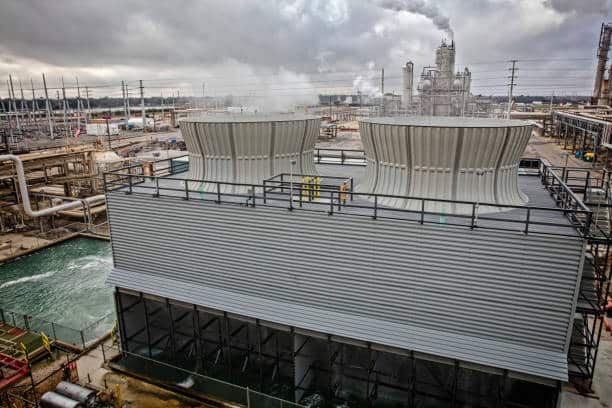
It is important to note that evaporative cooling is a very efficient cooling method, but it also leads to water consumption. Therefore, water treatment of cooling towers is very important to prevent problems such as water hardness, corrosion, and microbial growth in order to maintain the efficient operation of the cooling tower.
Role of water quality monitoring
Cooling tower water treatment in the regular water quality monitoring is extremely important, because only an accurate understanding of the real-time water quality of the cooling water, in order to adjust the treatment program in a timely manner to ensure that the cooling water is maintained in a suitable state, so as to protect the normal operation of the cooling tower and the safety of the equipment.

Below is a table containing common monitoring items, test methods, equipment used and standard parameters:
| Parameter | Test Object | Equipment Used | Standard Value |
| Hardness | Calcium and Magnesium ions | Hardness Tester/Colorimeter | <100 ppm |
| pH Level | Hydrogen ion concentration | pH Meter | 6-9 |
| Conductivity | Total ion content | Conductivity Meter | <2000 μS/cm |
| TDS (Total Dissolved Solids) | Total dissolved solids | TDS Meter | <1500 ppm |
| ORP (Oxidation-Reduction Potential) | Oxidation-Reduction potential | ORP Meter | +200 to +450 mV |
| Microbial Count | Microbial count | Microbial Counter | <1000 cfu/ml |
Please note that these standard parameter values are only general references and specific optimal values may vary depending on factors such as the type of cooling tower, design and operating conditions. Overall, conducting these monitoring regularly and adjusting the water treatment program according to the results can effectively control the cooling water quality and prevent possible problems such as scaling, corrosion and biological contamination, thus guaranteeing the normal operation of the cooling tower and the safety of the equipment.
If the parameters do not meet the standard values, some of the following problems may occur:
- Hardness: Hardness is primarily measured by the amount of calcium and magnesium ions in the water. If the water hardness exceeds the standard, these ions form hard scale in the water that accumulates on pipes and equipment. This can lead to decreased equipment efficiency and may even cause equipment failure. In addition, hard scale can impede the transfer of heat, affecting the cooling effect.
- pH: The pH value reflects the acidity or alkalinity of the water. If the pH value is low (too acidic) or high (too alkaline), it may trigger corrosion and damage the cooling tower and related equipment. In addition, an unsuitable pH may also affect the effectiveness of the chemicals used.
- Conductivity and TDS (Total Dissolved Solids): Conductivity and TDS are parameters that reflect the total ion content and dissolved solids content of the water. Excessively high levels of both parameters can increase scale and sediment in the water, causing damage to equipment and potentially triggering corrosion or other types of contamination.
- ORP (Oxidation Reduction Potential): ORP is a parameter that reflects the redox reaction capacity of the water. Too low or too high ORP may affect the effectiveness of the chemicals used in the water treatment process and may trigger corrosion or biological contamination.
- Microbial Population: Excessive microbial populations can form biofilms and trigger corrosion, as well as potentially clogging the system, affecting water flow and reducing cooling efficiency. More seriously, certain microorganisms such as cooling tower leg air pathogens may pose a threat to human health.
Future trends in cooling tower water treatment
Automation and intelligence
With the rapid development of IoT and AI technologies, automation and intelligence are becoming important trends in cooling tower water treatment. These technologies can monitor the quality of cooling water in real time and automatically adjust the treatment program as needed, greatly improving efficiency and accuracy.
Sustainability
In the face of severe environmental challenges, sustainability has become an important goal for cooling tower water treatment. For example, reducing the use of fresh water and wastewater discharge by recycling and reusing cooling water; or using more environmentally friendly treatment methods and materials to reduce the impact on the environment.
Novel materials and technologies
For example, the development of new materials and technologies, such as nanotechnology, photocatalysis and biotechnology, offers new possibilities for cooling tower water treatment. These new technologies may be more effective in preventing the accumulation of pollutants, reducing the use of chemicals, and even killing microorganisms in the water.
Preventive Maintenance
Through continuous monitoring and data analysis of cooling tower water quality, potential problems can be foreseen and prevented, rather than waiting until problems arise. This preventive maintenance method can detect and solve problems in advance, reduce the failure rate and reduce maintenance costs.
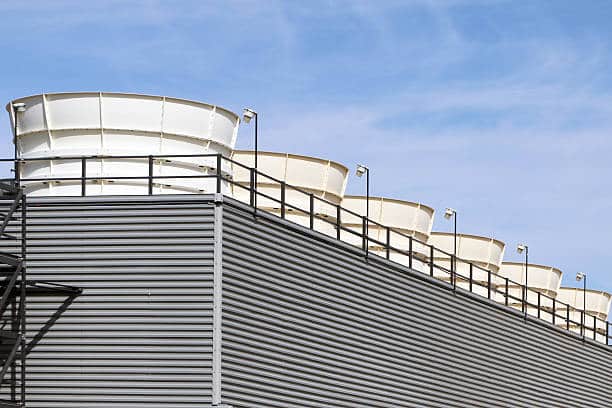
Summary
The importance of proper cooling tower water treatment cannot be overstated. The primary function of a cooling tower is to dissipate heat, and water is the primary medium for heat dissipation. Proper water treatment ensures the normal operation of the cooling tower, prevents corrosion, scaling and biological contamination, which in turn improves the life of the equipment and reduces maintenance and replacement costs.
In addition, proper water treatment is also conducive to energy saving and environmental protection. By reducing the use of fresh water and the discharge of wastewater, we can reduce the impact on the environment and save energy and water resources at the same time.
HAOSH is a leading brand of global fluid control equipment, specializing in dosing metering pump and system development. We offer Dosing Metering Pump, Pump Accessories, Mixer Agitator and Dosing System. Feel free to contact us.
